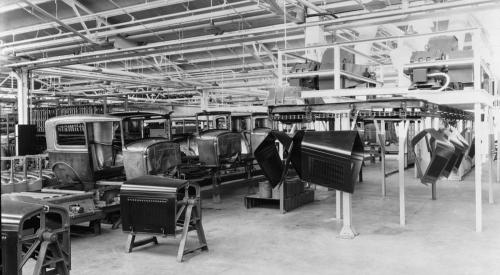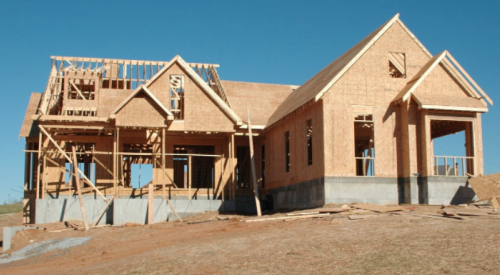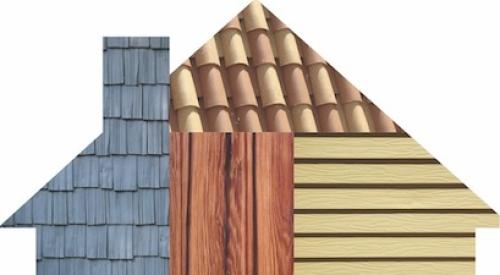Inspection forms are worthless if they don’t help solve your current quality issues. Why use them if checking boxes is only a routine, while the real problems are not even mentioned? "Typical builder checklists might as well be laminated," says Mark Hodges, VP of Operations, K. Hovnanian, "Complete with check marks!"
| Edward Caldeira, Director of Quality Services, NAHB Research Center
|
HotSpot inspection forms change all that. HotSpot checkpoints are constantly adjusted to focus on current quality issues and improvement efforts. When new problems are encountered, they are added as HotSpot checkpoints. When preventive actions get the problem under control, it comes off the HotSpot checklist. The HotSpot inspection forms change as needed, to bring attention to the issues that demand a response from field personnel. The forms also list key specifications, but only as reminders.
Getting Started
Schuck and Sons, a Phoenix framing contractor, is changing from a traditional checklist format to HotSpot. They are part of an ISO 9000 framing quality assurance project, in partnership with Del Webb, the Partnership for Advancing Technology in Housing (PATH) and the NAHB Research Center. The reminder section of the form lists critical requirements from the old sheet for information purposes only.
On a daily basis, HotSpot forms are used like traditional inspection forms, except that they are shorter and easier to use than before.
Updating Forms
Updating HotSpot forms is a central element of the quality improvement process for All-tech Construction, a New Jersey framing contractor participating in the ISO 9000 framing quality assurance demonstration project with their partner K. Hovnanian. Here’s how they are using HotSpot forms in a six-step quality improvement process:
Quality issues are identified through job inspections by area superintendents, builder feedback and comprehensive quality reviews.
HotSpot checkpoints are added to the inspection form to address quality improvement areas. In weekly production meetings, production supers are trained on procedures to prevent problems. The training uses one-page diagrams that address specific problem areas. The new HotSpot inspection forms are then distributed and discussed.
In toolbox talks, production supers use the training diagrams to train the framing crews, with the superintendent monitoring the use of the new procedures.
HotSpot inspection forms are used by superintendents on every job. Results provide feedback on the effectiveness of the improvements.
Finally, success is celebrated. When HotSpots are no longer an issue, the item is posted in the production meeting room as a quality success. The checkpoint comes off the HotSpot part of the form and gets put in the reminder section. In time, it may leave the inspection form altogether.
Everyone seems to like the HotSpot approach because it supports an inspection process that experienced construction superintendents use every day: keep all requirements in mind while paying special attention to the quality issues. It just helps them do it better.
To learn more, request a free "HotSpot Inspection Form" by contacting the NAHB Research Center’s ToolBase Hotline at 800/898-2842 or toolbase@nahbrc.org.











